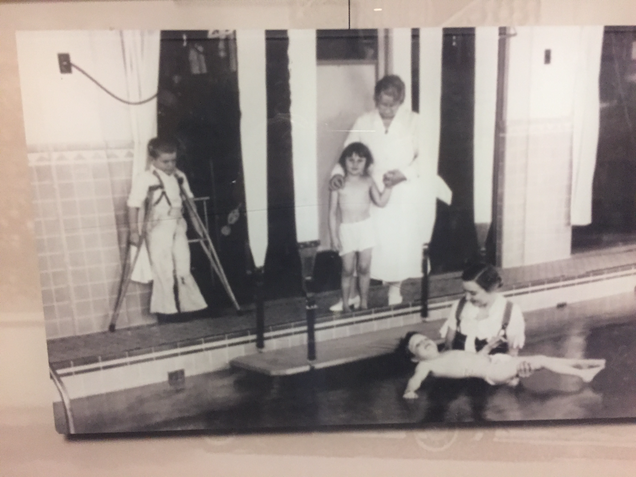- Adult Heart DiseaseDiseases of the arteries, valves, and aorta, as well as cardiac rhythm disturbances
- Pediatric and Congenital Heart DiseaseHeart abnormalities that are present at birth in children, as well as in adults
- Lung, Esophageal, and Other Chest DiseasesDiseases of the lung, esophagus, and chest wall
- ProceduresCommon surgical procedures of the heart, lungs, and esophagus
- Before, During, and After SurgeryHow to prepare for and recover from your surgery
February 23, 2017

It is February 14. I walk in to greet my 12-year-old patient and say, “Happy Valentine’s Day! Your new heart is working just perfectly!” It is not long after her heart transplant surgery; she is resting comfortably hugging her pillow. Her mom is sitting up, asleep, iPad still running on the futon in the room’s alcove. My patient’s dad is answering e-mail and keeping all of their friends and relatives updated on the girl’s condition. It is a lot for a 12 year old to go through; it is a lot for a family to endure.
It is also a lot for the donor family. I am overwhelmed by their generosity and strength. In the midst of the most painful tragedy any parent could imagine, they see clear and consent to organ donation. They transform their pain into the ultimate gift of life.
Pediatric heart transplant patients are quite different from their adult counterparts. Many of them have had previous surgical procedures. Some have abnormal anatomy that exists after removing their old heart. They may have had varying degrees of extra-cardiac organ failure, so they may be considered for multi-organ transplantation or as a high-risk heart transplant, meaning we have to wait and see if the organs recover.
My patient had been hospitalized for quite some time as her heart continued to fail. A week after she required mechanical support, her new heart became available. Now, she and her family are resting comfortably.
I have a practice of playing the children’s game Operation with my hospitalized children before their transplants. My current patient had wanted to practice the game before we played. Little did she know that I lose that game more than I win. Someone needs to tell Hasbro to put real forceps in that game! The game is on her bedside table now. We will play it in a few days after she has had a chance to recover a bit more.
After 18 years as a pediatric cardiac surgeon and performing thousands of pediatric cardiac procedures, I am still in awe over heart transplants. On average, we perform 420 pediatric cardiac transplants a year in the United States. The outlook for children listed for heart transplant has improved significantly throughout my career.
This photo is displayed in entryway of Children’s Hospital Los Angeles. It represents the care that was rendered here in the 1920s.

Courtesy of Children’s Hospital Los Angeles
Pediatric hospitals in the 1920s were filled with swimming pools and iron lungs. Now, nearly 100 years later, we have eradicated the diseases that made these therapies essential. Medical innovation has eliminated the need for health care providers to wear hip waders for their patients’ physical therapy sessions.
The field of transplant has had a similar evolution. Since the first heart transplant in 1967, the field has seen the advent of cyclosporine (a medicine to prevent organ rejection), criteria for determining irreversible loss of all functions of the brain, organ preservation, and mechanical support as a bridge to transplantation.
The introduction of pediatric mechanical support has significantly reduced the number of children who die while on our program’s waiting list. Not every child with heart disease is a candidate for mechanical support, but for the ones who are, the initiation of mechanical support enables them to become better transplant candidates. These patients can return to normal activities after their Ventricular Assist Devices (VADs) have been placed, and they have recovered from that surgery. They can stop taking some medicines, move around and eventually exercise, return to normal eating habits, and resume their social interactions. VADs have been the most impactful innovation in my transplant practice.
As I stand here and watch my 12-year-old patient sleeping comfortably, her breath is no longer labored, and her VAD is no longer attached, I realize it is our responsibility to innovate; it is my responsibility, as a cardiothoracic surgeon, to innovate. I owe it to my patients and to the career I have enjoyed for the last 18 years.
For more information, visit Pediatric Heart Transplantation.
The opinions expressed in this article are those of the author and do not necessarily reflect the views of The Society of Thoracic Surgeons.

